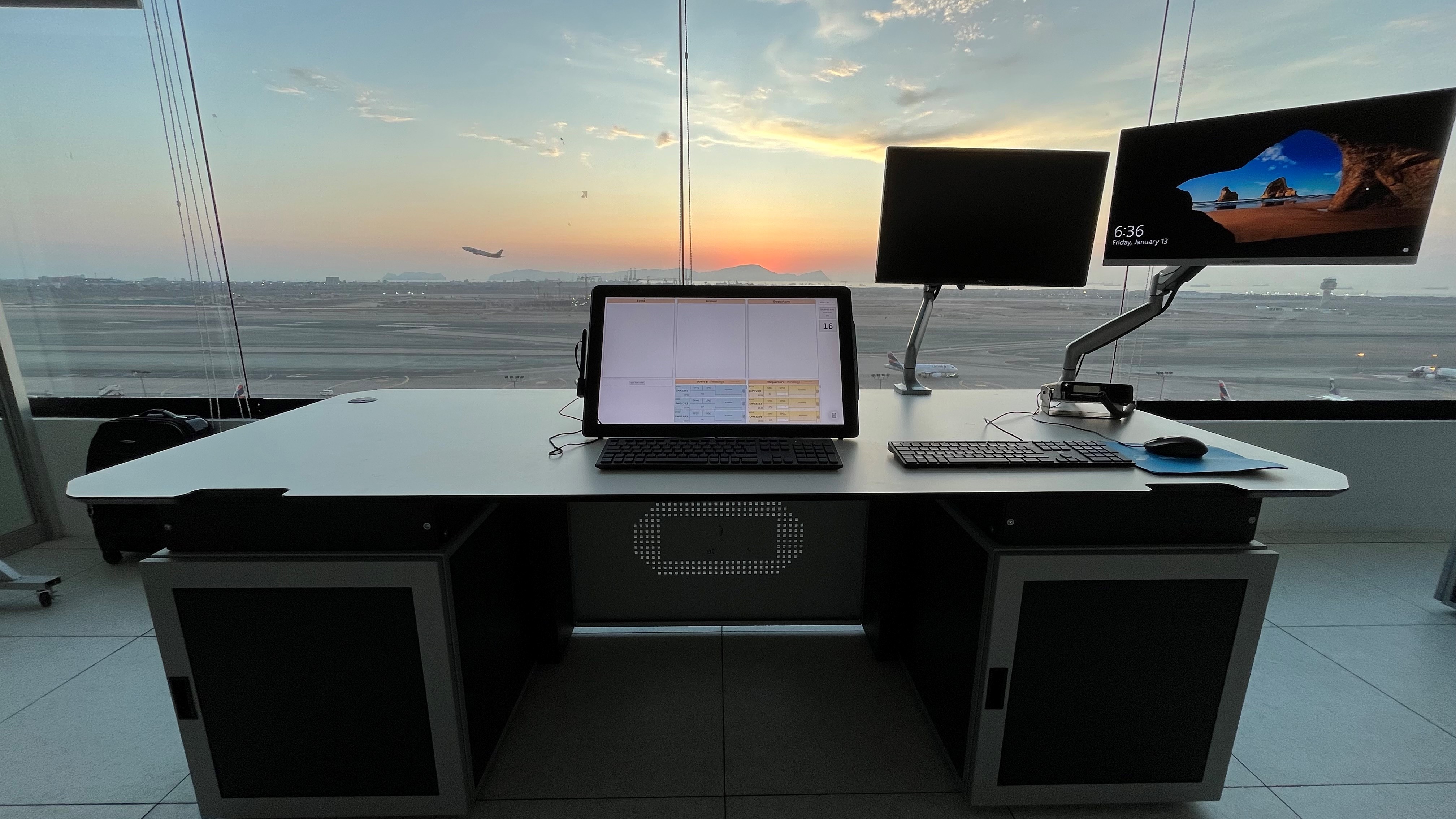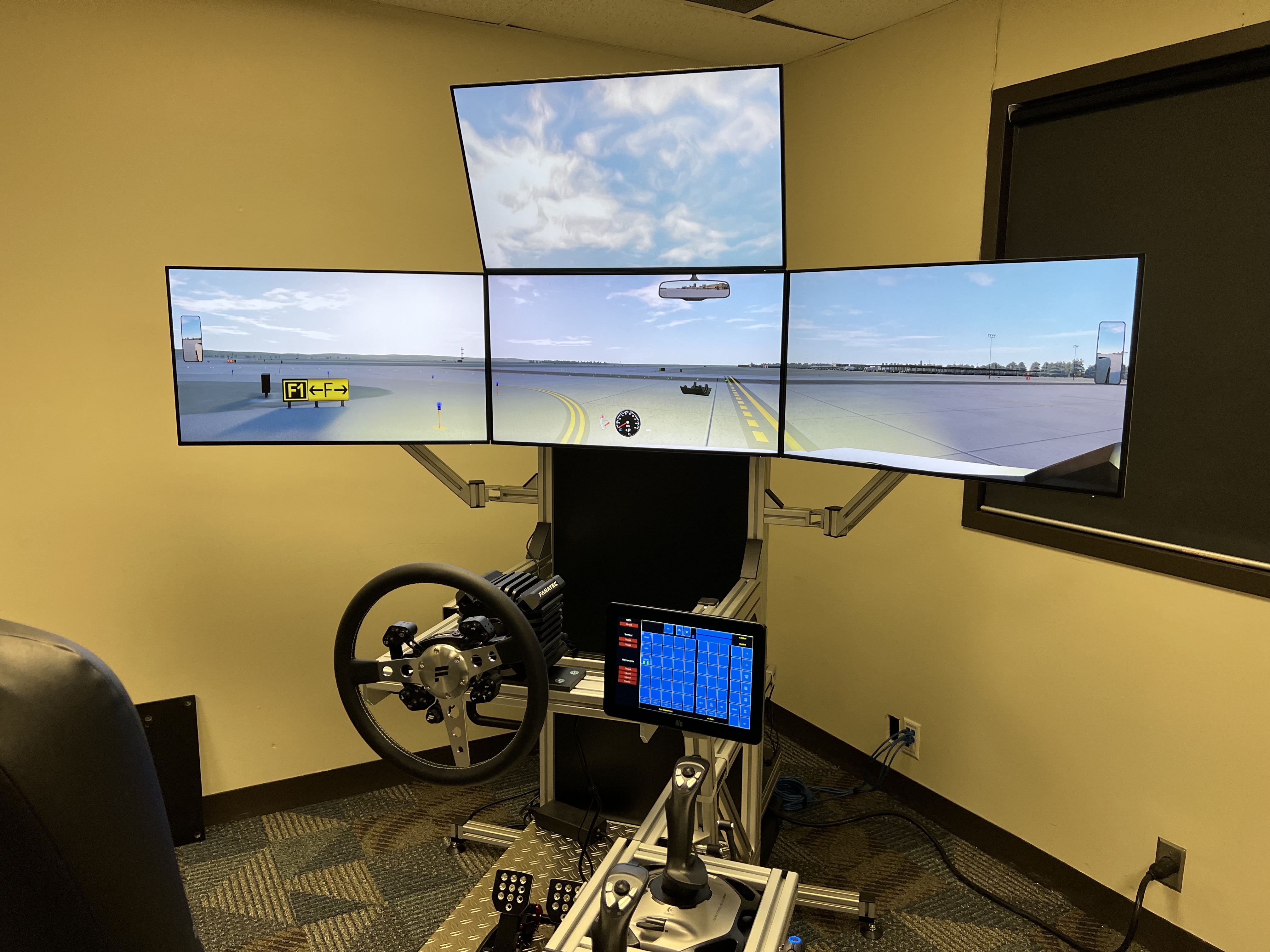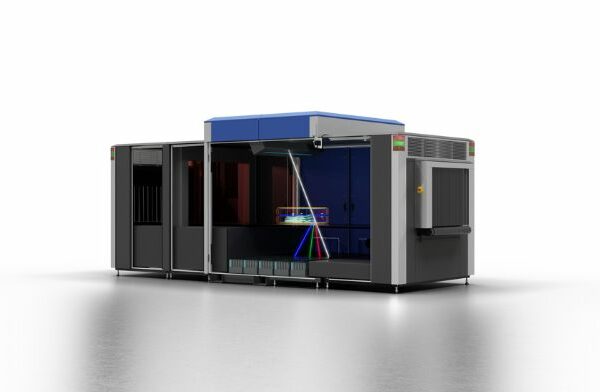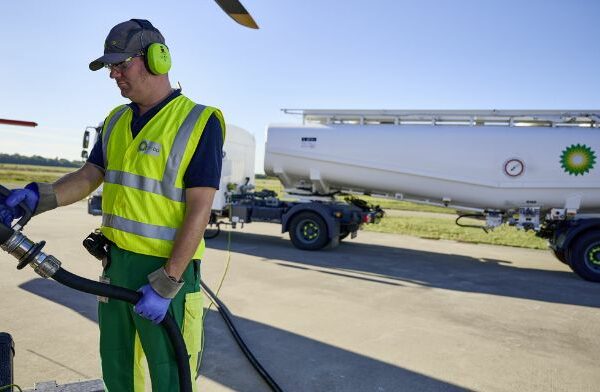


Air traffic control simulation company UFA has delivered its first ATVehicle training simulator to a US customer. Eppley Airfield in Omaha, Nebraska, USA, is using the modular training system to train all its movement area drivers including emergency services at this regional airport which handled over five million passengers in 2019.
The system allows trainees to become familiar with different weather conditions, emergency scenarios, and typical exchanges with the air traffic control tower without impacting operations. The on-site instructor now has the flexibility to structure driver training to suit the needs of the airport using the simulated airport environment developed by UFA. The visual environment features the runway, apron areas, gates and terminal infrastructure which the airport can update as required using UFA’s Airport Builder function.
Sean Connolly, UFA Head of Strategic Partnerships, commented: “We are working with the Federal Aviation Administration (FAA) as well as the Civil Air Navigation Service Organisation (CANSO) to see where this technology can be used to improve runway safety specifically.” The solution includes standardised packages suited to smaller airports.
UFA has also reported its first overseas installation of a virtual training simulator with DFS Aviation Services (DAS) at Lima Airport in Peru (pictured). The technology is designed to run on laptops, tablets or as part of a fixed installation, supported by cloud-based services. DAS selected the UFA system to train apron controllers at Lima Airport Partners following appointment as the new service provider for apron control services – including management of taxiing traffic – in 2022. UFA provided the simulator on a subscription basis to support several months’ training using existing monitors hosted on servers located in North America.
“DAS is among a handful of ANSPs paving the way as remote delivery continues to grow,” said Connolly. UFA also offers its tower simulator using a Virtual Reality platform which it is actively marketing. “It provides the same capabilities in a smaller form factor. Students have access to the same functions including voice recognition, pseudo pilots, monitoring and analysis, and receive the same quality training through a smaller system instead of a large, fixed base.”






